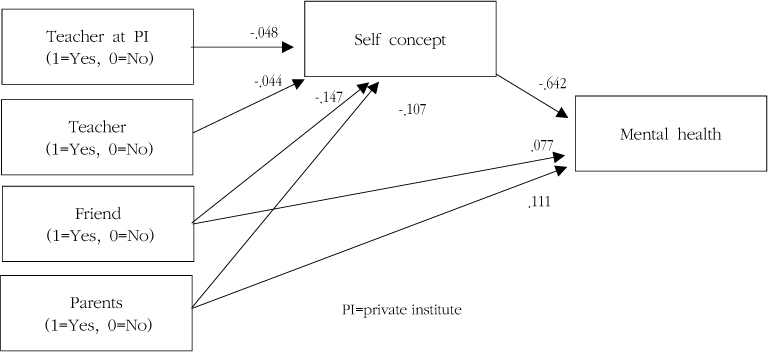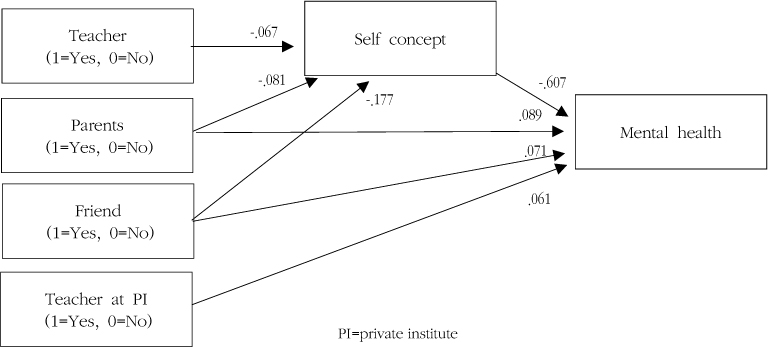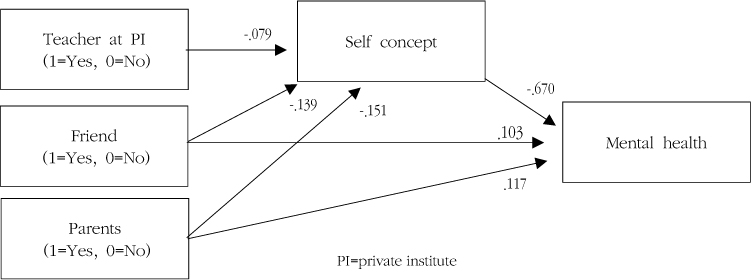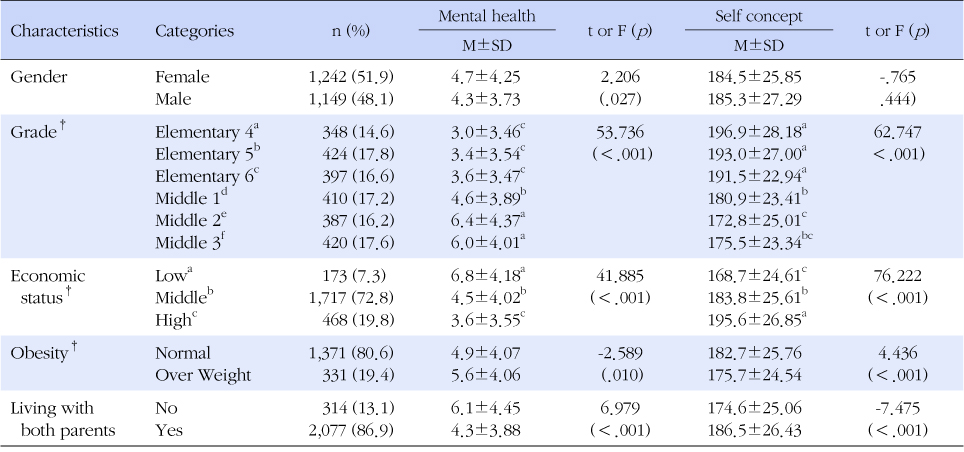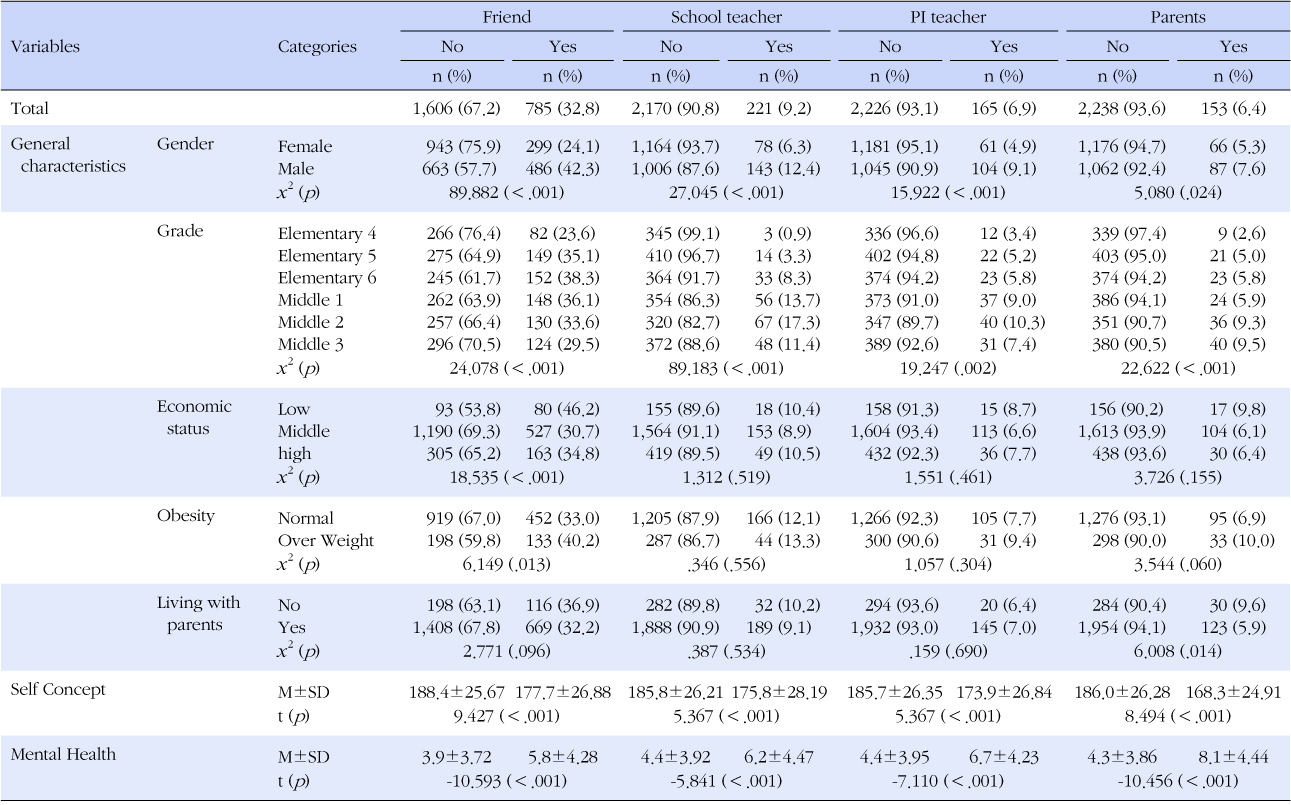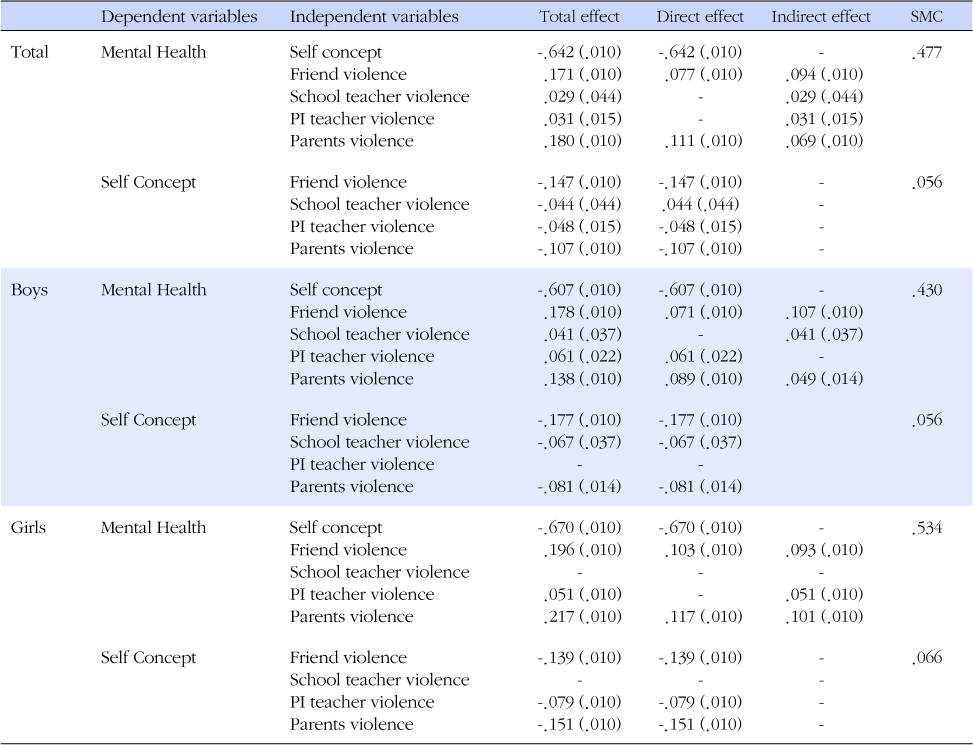References
1. Baek WH, Son HG. The relationships among the level of domestic violence perceived by middle school students, anxiety, and school adjustments. Korean J Educ Psychol 2004;18(2):181–193.
2. Baumeister RF. Suicide as a escape from self. Psychol Rev 1991;97(1):90–113.
3. Bhang SY, Yoo HK, Kim JH, Kim BS, Lee YS, Ahn DH, et al. Victims of bullying among Korean adolescents: Prevalence and association with psychopathology evaluated using the adolescent mental health and problem behavior screening questionnaire-II standardization study data. J Korean Acad Child Adolesc Psychiatry 2012;23(1):23–30.
4. Brunstein Klomek A, Sourander A, Gould M. The association of suicide and bullying in childhood to young adulthood: A review of cross-sectional and longitudinal research findings. Can J Psychiatry 2010;55(5):282–288.
5. Choi JW, Kim HJ. Domestic violence affects the mental health of adolescents: Mediating effects of self-concept. Korean J Youth Stud 2011;18(1):73–103.
6. Choi S, Lee YH, Ko SH. The experience of obesity in elementary school students. Qual Res 2013;14(1):34–44.
7. Choi YJ. Effects of suicidal ideation in college students who report a history of childhood abuse. J Adolesc Welf 2012;14(2):307–333.
8. Chung HE, Chun JS. Risk factors of adolescents' victimization by school violence. J Adolesc Welf 2012;14(1):195–212.
9. Davidson LM, Demaray MK. Social support as a moderator between victimization and internalizing-externalizing distress from bullying. Sch Psychol Rev 2007;36(3):383–405.
10. De Man AF, Gutierrez BI. The relationship between level of self-esteem and suicidal ideation with stability of self-esteem as moderator. Can J Behav Sci 2002;34(4):235–238.
11. Foundation for Prevention Youth Violence. 2011 National survey report on school violence in Korea Seoul: Author; 2011.
12. Houbre B, Tarquinio C, Lanfranchi JB. Expression of self-concept and adjustment against repeated aggressions: The case of longitudinal study on school bullying. Eur J Psychol Educ 2010;25(1):105–123.
http://dx.doi.org/10.1007/s10212-009-0005-x.
13. Hwang ES, Seong YH. The mediating effects of self-conscious affect and the impact of childhood abuse on depression and anxiety. Korean J Play Ther 2006;9(2):73–89.
14. Kaspar V. Mental health of aboriginal children and adolescents in violent school environments: Protective mediators of violence and psychological nervous disorders. Soc Sci Med 2013;81:70–78.
15. Kim JY, Jang YE, Min JA. A study on the effect of school violence to adolescent's school adjustment: Moderating effect of parent-child communication. Korean J Youth Stud 2011;18(7):209–234.
16. Kwon JK. The developmental trajectories of victimized experiences and the changing behavior problems-a longitudinal study with applied LLGA & GMM with known class. J Korean Soc Child Welf 2011;34:96–127.
17. Lee BJ, Yim SH. Housing and child development. Health Welf Policy Forum 2008;145:43–50.
18. Lee EH, Son JM. A study on the influential factors on the mental health of the junior highschool student who experience school violence: Application of the resiliency model. J Adolesc Welf 2011;13(2):149–171.
19. Lee SC. Research on the relationship between teenager's exposure to domestic violence and exercising school violence. Cheongsonyeonmunhwaporeom 2012;29:115–135.
20. Moon KS. Academic stress and mental health among Korean adolescents: Self-concept as a mediator In : Paper presented at the 2008 Annual Conference of the Korean Psychological Association. Seoul.
21. Nam YO, Han SC. A quest for influence of protective factors for prevention of adolescent violence. Korean J Youth Couns 2007;15(1):77–89.
22. Olweus D. Bullying at school: Basic facts and effects of a school based intervention program. J Child Psychol Psychiatr 1994;35(7):1171–1190.
23. Polit DF, Sherman RE. Statistical power in nursing research. Nurs Res 1990;39(6):365–369.
24. Shin BK, Lee SJ. Relations among adolescents' domestic violence, school violence, depression-anxiety, and suicide. Hanguk Minjok Munhwa 2012;44:281–318.
25. Shin SI. The validity and reliability of the Korean version of the General Health Questionnaire. Korean J Soc Welf 2001;46:210–235.
26. Shin SW, Kwon SW, Shin MS, Cho SC. A survey of the psychosis among school violence victims. J Korean Acad Child Adolesc Psychiatry 2000;11(1):124–143.
27. Sung KM. Development of a self-evaluation scale to measure self-concept for children and adolescents. J Korean Acad Psychiatr Ment Health Nurs 2012;21(4):292–302.
28. Werner EE, Smith RS. Overcoming the odds: High risk children from birth to adulthood Ithaca, New York: Cornell University Press; 1992.
29. Wynne SL, Joo HJ. Predictors of school victimization: Individual, familial, and school factors. Crime Delinq 2011;57(3):458–488.
30. Yun WS. The effect of structural characteristics and socioeconomic status of family on parenting and juvenile delinquency. Korean Criminol Rev 2011;22(1):137–172.
